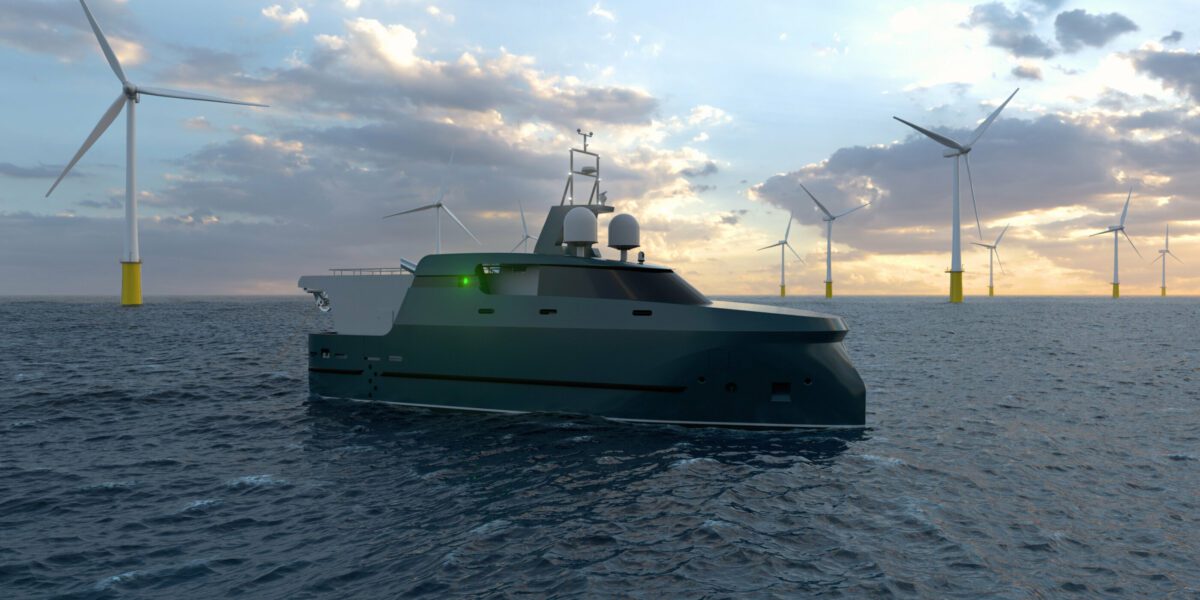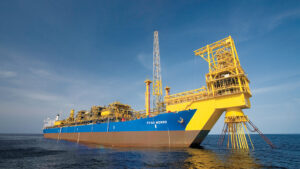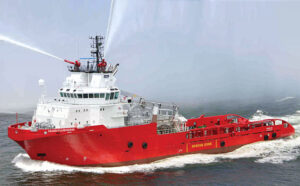Astilleros Gondán shipyard will build for USV AS an unmanned surface vessel (USV), capable of significantly reducing CO2 emissions with more than 90% compared to a conventional offshore vessel when conducting subsea IMR operations.
The unmanned surface vessel is expected to be delivered by the end of 2024. The plan is that the USV, following offshore testing, will be ready for operations in 2025.
The joint venture company USV AS established by DeepOcean, Solstad Offshore and Østensjø invests and owns USVs.
The JV concept development for the USV began in 2018, and has been conducted in close collaboration with clients, Salt Ship Design, technology providers, and the relevant authorities. Maritime Robotics will deliver the system that enables autoremote control and navigation for the USV.
The USV is 24 metres long and 7.5 metres wide. A hybrid diesel-electric propulsion system, which also includes a battery package from Seam, will allow the unmanned vessel to operate offshore for up to 30 days without charging or refuelling. It will be equipped with a work ROV that is capable of operating down to 1,500 metres water depth.
One of the partners of the joint venture Østensjø claims that the USV will be remotely controlled from shore but will have many autonomous features to ensure safety and integrity of the spread.
It can operate in severe weather conditions, it is said. During operations, both the USV vessel crew and ROV operators will be co-located in the same remote operating centre.
“With our new USV, we are moving the captain onshore who will still remain in control over the offshore operations. We will operate the vessel and the ROV from an onshore remote operations centre. This is an excellent way of reducing cost, CO2 footprint and limit personnel exposure to offshore operations,” said Øyvind Mikaelsen, Chair of USV AS and CEO of DeepOcean.



